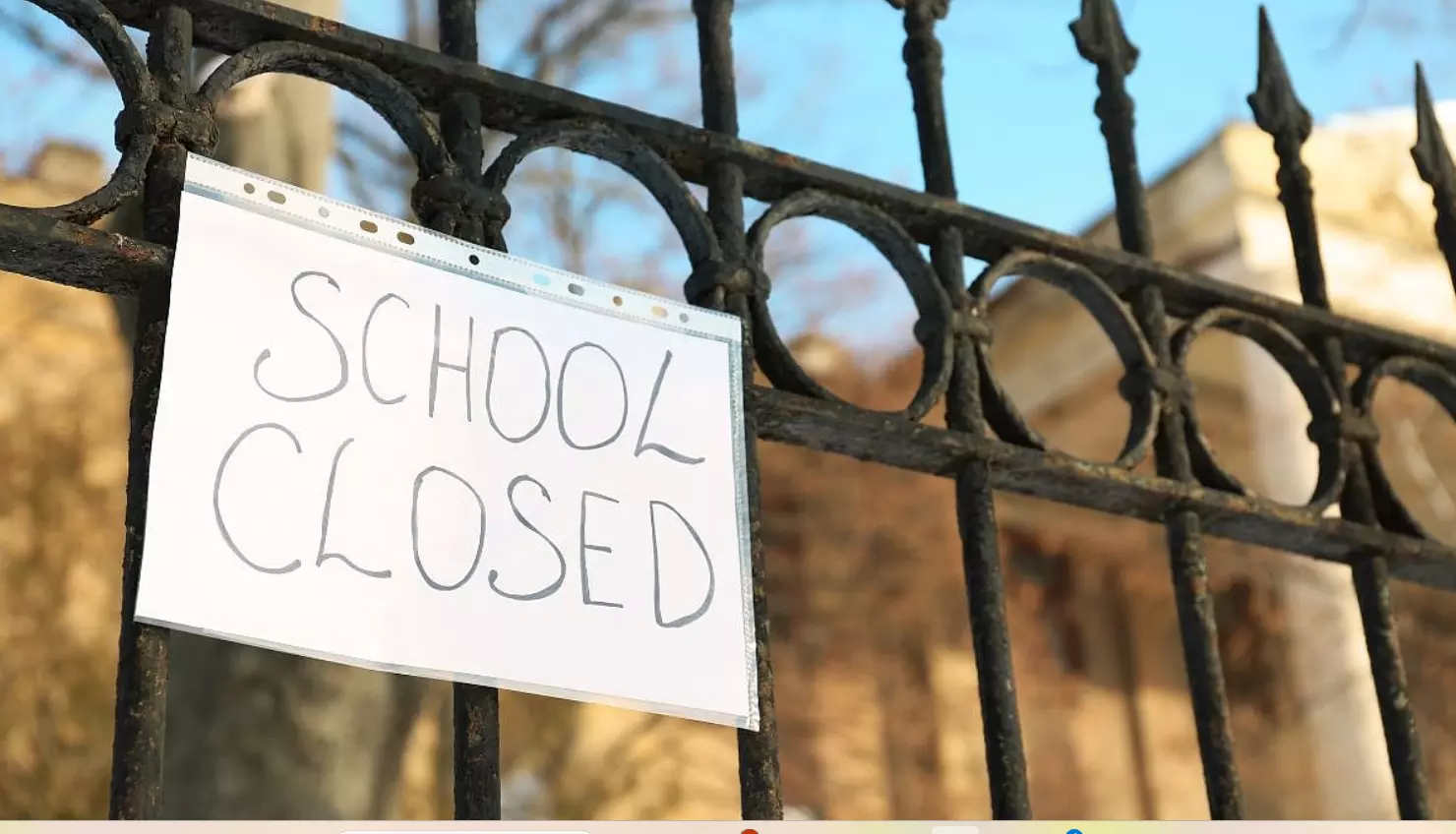
(InvestigateTV) — When someone dies without an end-of-life plan, a drawn-out, costly court procedure can make it harder for your loved one to grieve.
InvestigateTV+ explains the confusing legal process that follows death to provide solutions to help your family avoid the frustration.
In this episode, we explore:
Without a proper trust, families can face a lengthy and public court process called probate that freezes their inheritance and adds legal stress to their grief.
A simple clerical error at the Social Security Administration can cause a bureaucratic nightmare for grieving families, as one family discovered when a full year of payments was wrongly clawed back.
A baby boy’s successful liver transplant offers a powerful story of hope and highlights the critical need for pediatric organ donation.
A retired history teacher has become the dedicated caretaker of his small Vermont town’s past, preserving its stories for the community.
Dues of Dying: Why death without a plan costs more money, time
For most people, the death of a loved one is a time of profound grief. But for families who are left to navigate the legal system without a clear end-of-life plan, that grief is often compounded by a frustrating, expensive, and surprisingly public court process called probate.
Joe Miller knows this struggle all too well. When his father, Terry, passed away in 2021, the family thought that having a will would make the process of settling his estate straightforward. They were wrong. Four years later, they are still entangled in the probate process, unable to access their father’s home and other assets.
“We need to grieve properly, and we cannot grieve properly if these things are not worked out,” Joe says, his voice heavy with the weight of the prolonged legal battle.
Laura Posh, an estate planning attorney in Louisiana, explains that when someone dies, an “imaginary camera” takes a snapshot of all their assets. Unless those assets are in a trust, they are frozen and must go through probate, a process that is required in all 50 states. This includes real estate, bank accounts, stocks, vehicles, and more.
The process is not only time-consuming—ranging from six months to two years or longer in many states—but it is also shockingly public. Probate documents, which are often available online, can contain a wealth of personal information, including bank account numbers, investment details, and even vehicle VIN numbers. This public record can be a goldmine for scammers.
“You can be in China and you can get on the computer and you can see every single probate,” says Craig Parker, a probate lawyer in California. He believes the system is in desperate need of an overhaul and would like to see Congress step in to protect grieving families.
The solution, according to experts, is proactive planning. Creating a trust can help families avoid the probate process altogether, keeping their affairs private and ensuring a smooth transfer of assets. For families like the Millers, it’s a lesson learned the hard way. “The last thing your family needs to be doing is going through this crazy legal process instead of grieving for your loss,” Joe says.
Social Security payments vanish after Arizona man’s death date mixed up
While settling a loved one’s estate can be complex, sometimes the biggest headaches come from a simple, unexpected error. For Barbara Lammers, a single incorrect number plunged her family into a bureaucratic nightmare with the Social Security Administration.
After her father passed away just shy of his 98th birthday, Barbara and her family began the difficult process of getting his affairs in order. When she logged into his bank account, she was stunned to see 12 large debits, all posted on the same day.
“I called the bank, and they said the date that they were given from Social Security that he died was February 2024,” she explains. The problem? Her father had died in 2025.
Because a clerk had miskeyed the year of his death, the Social Security Administration’s automated system had clawed back an entire year’s worth of his benefit payments—money he had been rightfully paid while he was alive.
What followed was a frustrating battle to correct the error. “There was an over two-hour wait,” Barbara says of her attempts to call the agency. “The one time that I called before eight in the morning, that was only over a 90-minute wait.”
When she finally got through, she was told she needed an in-person appointment, which was another two-and-a-half-week wait. Even after the appointment, where she was assured the error was corrected, the money was not returned.
It was only after our investigative team reached out to the Social Security Administration on her behalf that the issue was resolved. A spokesperson cited privacy laws but assured us they would contact Ms. Lammers directly. Shortly after, all 12 months of payments were returned to her father’s account.
Her story is a cautionary tale for the millions of families who interact with the SSA each year. While the agency says mistakes are rare, they do happen. AARP has been advocating for improved customer service, as long wait times and bureaucratic hurdles can be overwhelming for grieving families. The SSA advises anyone facing a similar issue to visit their local office or call their national number to correct errors as soon as possible.
A Second Chance at Life: Highlighting the Need for Pediatric Organ Donation
For Tricia Sullivan, the first few weeks of her son Zander’s life were a blur of joy. He was a healthy, nine-and-a-half-pound baby boy. But soon, a shadow fell over their happiness. Zander’s skin began to turn a jaundiced yellow, and it became clear that something was terribly wrong.
After three months of misdiagnoses, Zander was finally diagnosed with biliary atresia, a rare and serious liver disease that is the leading cause of pediatric liver transplants. With his liver severely damaged, Zander was placed on the national organ transplant list, one of more than 2,100 children across the country waiting for a life-saving organ.
Two and a half months later, the call came. A potential match had been found.
“I just was like, ‘No, are you serious?’” Tricia recalls.
The transplant was a success. Within days, the yellow in Zander’s skin began to fade, and for the first time, he laughed. Today, he is a bubbly, energetic two-year-old, a “Sour Patch Kid” who is living life to the fullest.
Zander’s new liver came from a seven-month-old baby boy named Kason, whose family made the selfless decision to donate his organs in the midst of their own unimaginable grief. Tricia has since connected with Kason’s family, particularly his grandmother, and they have formed a unique and powerful bond.
“I would just give them the biggest hug and tell them I’m sorry for everything they went through,” Tricia says, “but also let them know how thankful everyone on the other side is, knowing another life is saved. Their child or a person will live through them forever.”
Dr. Ryan Fischer, who oversaw Zander’s transplant journey at Children’s Mercy Hospital, says that while Zander’s story is a success, the need for pediatric organ donors is significant. The key is size-matching, and donated organs can come from both children and adults.
Zander’s story is a powerful reminder of the profound impact one family’s decision can have on another, and a hopeful call to action for more people to consider becoming organ donors.
The Caretaker of History: A Teacher’s Lifelong Lesson
In the small town of Bradford, Vermont, Larry Coffin is a living landmark. A former history teacher who taught for 42 years, he has become the unofficial caretaker of his community’s past, a one-man book of knowledge who is keeping the stories of the Upper Valley alive for future generations.
From his home, Larry taps away at his keyboard, working on his latest article for the local paper and his blog. “I’m working on an article on the history of veterinary medicine in the area,” he says. “It keeps my brain active.”
His wife of 57 years, Carolyn, agrees. “To me, it’s like he’s still teaching,” she says.
His classroom for many years was the old Bradford Academy, a historic building that now houses the town offices. It’s a place filled with memories, both personal and communal. For 40 years, Larry served as the town meeting moderator, a role that perfectly suited his fair and trusted nature.
On the third floor of the academy is the Bradford Historical Society, a treasure trove of local history that Larry has curated for 14 years. Its crown jewel is a terrestrial globe made in 1810 by James Wilson, a local farmer and blacksmith who, despite his lack of formal education, became the first globe maker in the United States.
“Essentially, he was an uneducated person who did a great job,” Larry says with pride. “He made Bradford proud.”
In many ways, Larry is carrying on that legacy. He has his hand in almost everything positive in the town, a man so passionate about the past that he has become an essential part of its present. He is a teacher, a writer, a curator, and a community leader, a living embodiment of the idea that to know where you’re going, you have to know where you’ve been.



